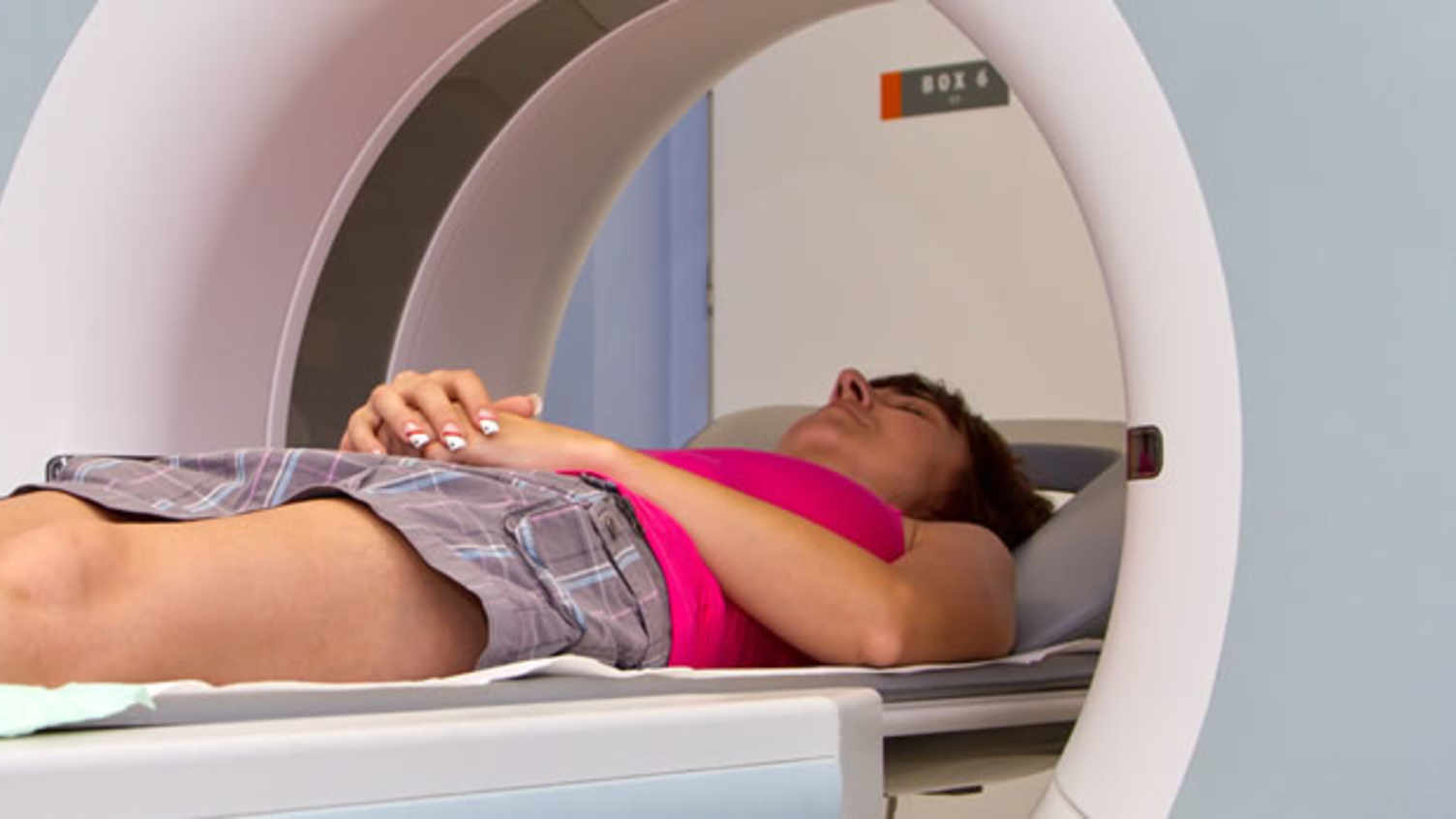Cavernoma

About this PSP
Cavernomas are clusters of abnormal, leaky blood vessels that are found in many places in the body. This PSP, initiated by Cavernoma Alliance UK, concentrated on identifying and prioritising research priorities around cavernomas found in the brain, also known as cerebral cavernous malformations (CCMs), and spinal cord (the central nervous system). These may cause a range of neurological symptoms including stroke and epileptic seizures.
The Cavernoma PSP Top 10 was published in November 2015.
Impact of Top 10s
Top 10 priorities
- Does treatment (with neurosurgery or stereotactic radiosurgery) or no treatment improve outcome for people diagnosed with brain or spine cavernoma?
- How do brain or spine cavernomas start and develop?
- What is the risk of brain or spine cavernomas bleeding for the first and subsequent times?
- Could drugs targeted at cavernomas improve outcome for people with brain or spine cavernomas compared to no drug treatment?
- What mechanisms trigger bleeding or epileptic seizures in people with brain or spine cavernomas?
- Are any features of brain or spine cavernoma on imaging associated with a higher or lower risk of bleeding?
- Does the use of anticoagulant drugs increase the risk of bleeding from brain or spine cavernoma?
- Does regular monitoring of brain or spine cavernoma improve outcome compared to no monitoring?
- What features of brain cavernoma lead to the development of epilepsy, or influence the severity of existing epilepsy?
- Do any specific activities undertaken by people with brain or spine cavernomas provoke bleeds or other symptoms?
The following questions were also discussed and put in order of priority at the final workshop
- Is stereotactic radiosurgery or neurosurgery for brain or spine cavernomas better for improving outcome?
- What is the impact of brain or spine cavernomas on life expectancy?
- When is the optimum time to start treatment of a brain or spine cavernoma diagnosed in an infant?
- Why do only around half of people with a cavernoma gene mutation develop symptoms?
- What causes brain or spine cavernomas arising following radiotherapy for brain tumours?
- What causes single brain or spine cavernomas?
- Why do some patients develop multiple cavernomas even though they do not have any of the known genetic variations that can cause them?
- What are the non-genetic causes of brain or spine cavernomas?
- Which behavioural or psychological therapies are effective in treating patients following neurosurgery for brain or spine cavernomas?
- Which symptoms indicate that a brain or spine cavernoma is bleeding?
- Can a care pathway improve outcome for patients with brain or spine cavernomas?
- Which brain or spine cavernoma sites carry the highest risk of symptoms that impact on the life of patients?
- What kind of rehabilitation and support services have been shown to be effective for patients and their families / carers following diagnosis of, or treatment of, brain or spine cavernomas?
- What are the long-term effects of stereotactic radiosurgery for people with brain or spine cavernomas?
- What proportion of brain or spine cavernoma bleeds are non-symptomatic?
- Is it possible to identify signs and symptoms that are unique to brain or spine cavernomas?
- What is the optimum radiation dose for use in stereotactic radiosurgery of brain or spine cavernomas?